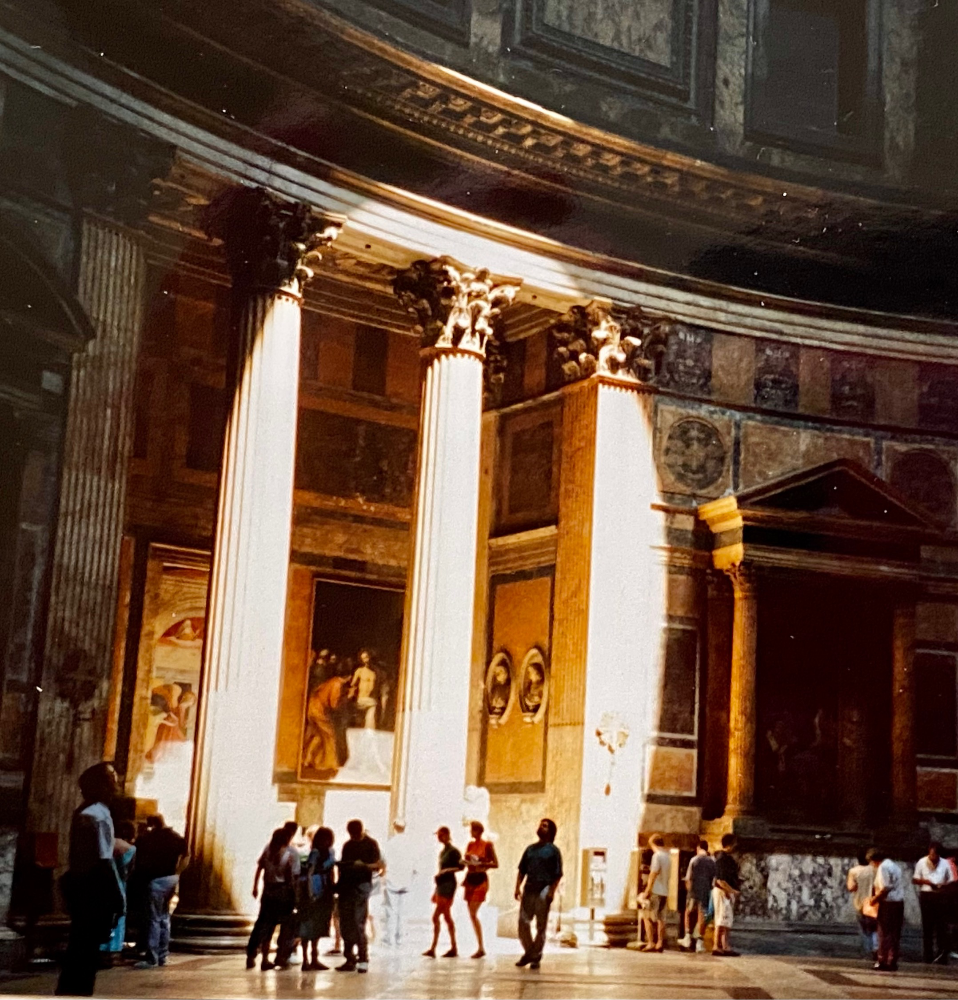Thoughts on Architecture
- yamadaarchi
- May 20, 2022
- 2 min read
Updated: Mar 18, 2024
Seeing the beauty of grand nature can open up one's mind and allow one to feel at ease. Personally, I had the most memorable instance of such moments in the desert of New Mexico: As far as my eyes could reach, there was nothing but the sky over the desert horizon. The sky was incredibly high & clear and seemed seamlessly merged with the outer universe. Seeing this sheer spatial placidity made me feel like being part of the universe, which was profoundly soothing and energizing at the same time.
Buildings stand under the sky. They are shelters. As such they have roofs. And perhaps columns or walls as well which in a sense enclose a small portion of the universe within it.
If you ask me, architecture is what allows people to experience the inherent power of the universe from inside of buildings by highlighting its beauty. When successfully made, it opens up our minds and makes us feel at ease which in turn enhances our overall well-being.
I have been fortunate enough to experience works of such architecture in both the West and Japan. In the West, the Pantheon in Rome, Saint Peter's Basilica, and the Kimbell Art Museum in the U.S. would be a few notable examples off the top of my head.
To me, they represent a particular quality of Western public architectural spaces that is common traditionally: an uplifting quality produced by natural light that enters human eyes from upward angles in conjunction with the higher ceiling spaces defined by clear geometric forms. Because of the biology of human visual and cognitive system, this quality can open up our minds to creative thinking and energize our aspirations.
On the other hand, in light of human well-being optimization, if you will, traditional Japanese architectural spaces seem to offer a crucial contrasting quality that complements the Western counterpart: a calming introspective quality.
There are primarily several elements that contribute to such quality: The dim natural light diffused by the wooden surfaces or translucent paper screens in the verandas, entering horizontally from the gardens: The low flat ceiling height in conjunction with the veranda space: The use of sensory-rich natural plant-sourced materials - imagine the scents, thermal & tactile sensations of tatami mats and unpainted cedar flooring: The overall aesthetic rooted in profound respect for nature and abomination of human arrogance. This aesthetic is what makes the extreme precision and labour of love by which natural irregular forms of logs and rocks are nicely incorporated in the architectural design. In my view it also fostered Japan’s advancement of durable moment-resisting wooden joinery post-beam construction technology which requires holistic craftsmanship that involves biological and ecological knowledge of material source plants, primarily wood, and soils.
In traditional Japanese architectural space, it seems all these elements are meant to work together to highlight the subtle beauty of everyday life experiences including those of natural phenomena, producing a calm secure domain within each of our minds as we live in the ever-changing world.
A synthesis of those complementing qualities of traditional architectural spaces in the West and Japan: That's part of what I have been attempting to do in my work at Yamada Architecture.
Shinya Yamada, AIA
































